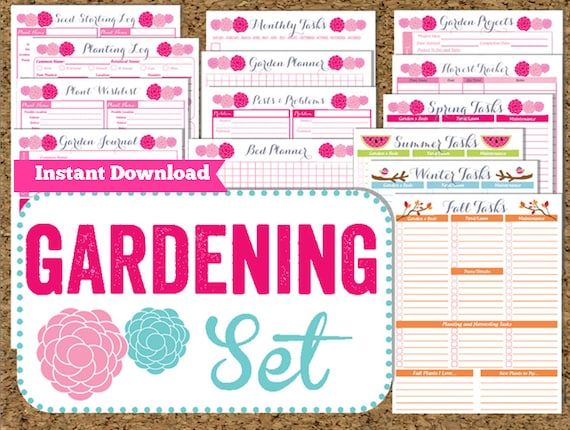

Create automatic calendar alerts for yourself with exactly what you need to do each week. It must be something you reference all day every day otherwise, it won’t be helpful. Use your cell phone calendar or write it down the old fashioned way on a calendar or planner you look at every day.

Now you’ve done all that planning and need a system to remember it all. The easiest way to do this without doing quick math in your brain, is to use a spreadsheet like the one we offer below for free! Working backwards in your calculations is helpful. See if there’s enough time in your growing season to get planted before the fall frost. You need to know the growing time required for that other plant. Make use of empty spaces! For example, you’ve harvested all your lettuce and want to plant something else in its place. Now you can plan out the second and even third round of planting for a nice harvest all season long. You’ve listed out the dates for your first round. While this may seem like a real pain, it’s quite necessary as you’ll see in our garden plan revisions. Read seed packets or reference Johnny’s or High Mowing to see the specifics growing needs of each plant. Note: This all assumes you’re not using season extenders to plant early or later in the season. Use the days to maturity for plants and their ideal growing temperatures to determine planting schedules.
GARDEN PLANNER FREE DOWNLOAD FOR FREE
Plan the EXACT DATES on your planner for when you’ll start seeds and/or buy (or gather for free from a friend) your seedlings. When you do this, you’ll be able to move plants around your different spaces. Take a look at the plant varieties you want to grow, and create objects to-scale representing their planting spaces.
GARDEN PLANNER FREE DOWNLOAD HOW TO
Not sure how to do that? Follow the instructions here to map your sun in your garden space. Or just follow the sun movement around your space. Remember tallest crops always go on the north side of the bed, so move those plants to that side. This also allows you to figure out how many plants can go in that bed and avoid overcrowding. Use the same drawing you used to measure and sub-divide your space. Calculate Number of Plants That Fit Space We go through some great vegetables to start out with here.

What plants do you want to grow and eat? Choose varieties that will work for your area and climate. More on how to find the right temperatures for plants later.

If you plant at the right time, you can isolate challenges more easily. You should know your critical nighttime temperature averages, so you’re planting the right crops at the right time…not when it’s too cold or too hot. It’s listed under the Google Drawings section of the post towards the bottom of that section. Then, use a free tool like Google Drawing to measure out and draw your growing space.ĭownload and copy our Vegetable Garden Map tool here. Read here for raised garden bed benefits and how to set up one like ours.


 0 kommentar(er)
0 kommentar(er)
